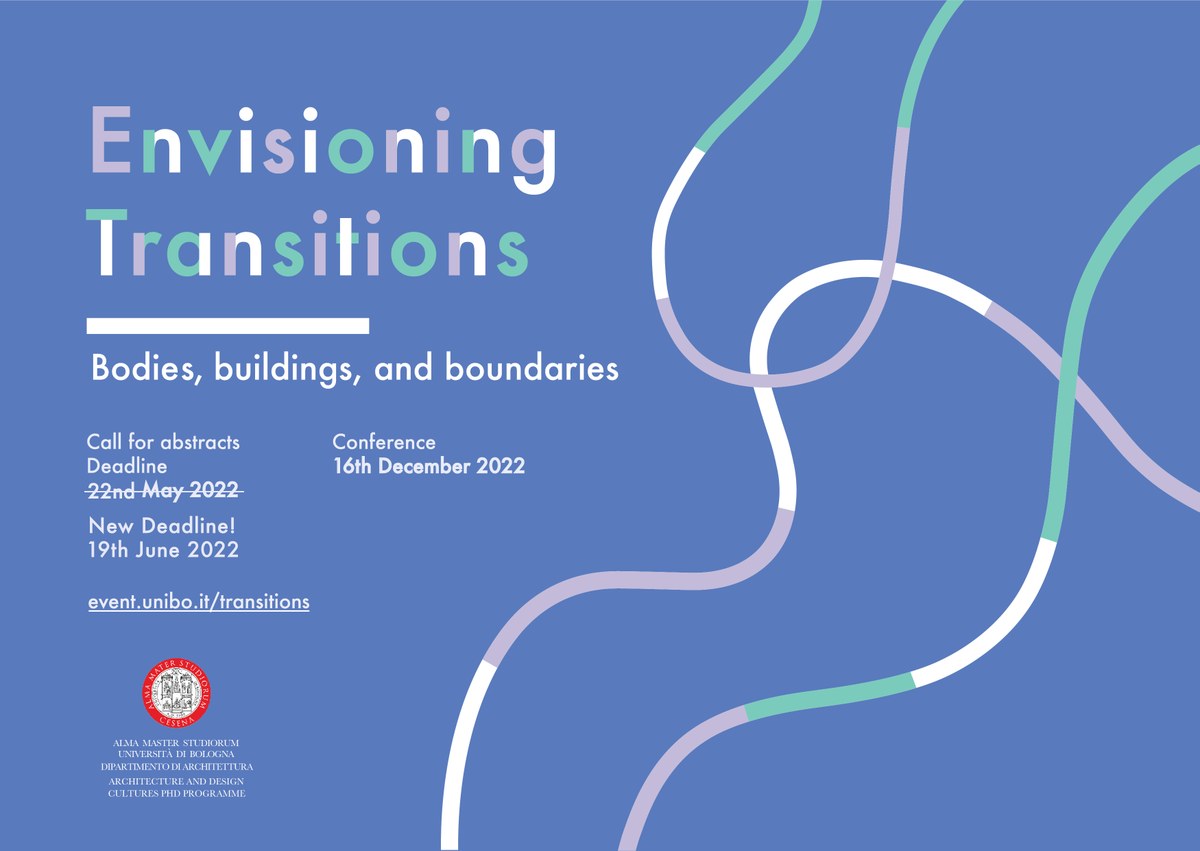Envisioning Transitions
Bodies, buildings and boundaries
-
Data: 16 DICEMBRE 2022

“Transition” is the dynamic process of changing state, going beyond, crossing over, and passing from one point to the next. The signification of the word is close to that of evolution, modification, mutation, and transformation, all of which are confined into a strictly restricted timeframe.
Etymologically, “transitions” can be nothing else than temporary: they appear silently, burst, violently establish, and gradually disappear into reality. In their blinding momentariness, “transitions” bear with them the positive undertone of change and renewal, along with the hopefulness of that which is unknown.
If the term “transition” recurs regularly in the contemporary vocabulary of architecture and design cultures, this repetition reveals a period characterized by overlapping and sequential changes. The word is without a doubt overused, but not without reason. Indeed, we find ourselves in an unusually extended period of consecutive “transitions”, overwhelmingly undefined in temporality and ambitions. As we are witnessing societies go through stark demographic, political, economic, and cultural changes, the intersecting problematics (e.g., ecological, digital, pandemic, etc.) form a rather complex topography of change, negatively charged by the instability of dilated time and the ncertainty of undefined destination.
The word is employed with the confidence of a natural process, as if it were a storm, and while we affirm our existence in “transition”, we nod our troubled times away.
Whether positively or negatively perceived, “transitions” form bridges between histories. Yet, what does it actually mean to be in “transition”? Can we define it as an autonomous and productive period whose importance could go beyond a starting and an ending date? How are “transitions” impacting and being impacted by human spaces, the built environment, and design cultures? What are some concrete, practical case studies that demonstrate how “transitions” could affect architecture and design cultures while emphasizing the role that these disciplines play in transitional processes?
It is within this backdrop that we put forward the theme of “transition”—in all its simplicity and complexity.